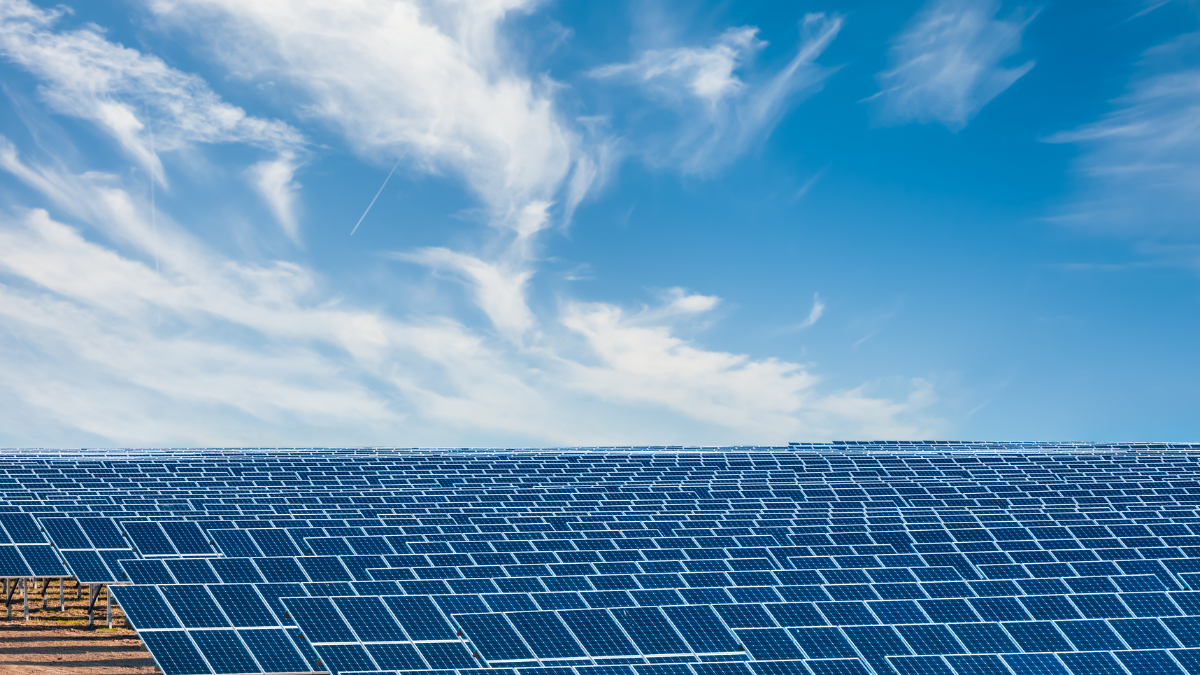
India has become an increasingly influential player in the global solar photovoltaic market, leveraging its abundant sunlight and a growing focus on renewable energy. The country’s solar exports primarily include two categories: unassembled photovoltaic cells and fully assembled solar panels. These segments have witnessed significant growth. Despite progress in solar module manufacturing, India still faces challenges in producing solar cells competitively, relying on imports for key components.
To address this gap and boost domestic production, the Indian government implemented the Approved List of Models and Manufacturers (ALMM) policy on April 1, 2024. This policy mandates that only locally manufactured solar panels be used in government-backed projects. It is expected that by June 2026, the policy will extend to cover solar cells as well. This move has driven local manufacturers to expand capacity and scale production. In January 2025, India’s solar module exports were valued at ₹69,784.1 lakh, and the total solar PV exports for the calendar year 2024 reached ₹12,94,072.2 lakh. Of this, solar modules accounted for ₹12,64,474.79 lakh, while solar cells made up ₹29,597.41 lakh. In January 2025 alone, the country exported solar PV cells worth ₹1,149.43 lakh.

The global solar landscape is undergoing significant shifts, bringing both new opportunities and challenges for Indian manufacturers. Several countries have imposed duties on solar imports from China, causing a realignment in trade flows and opening up space for Indian exports. Recently, the United States introduced sweeping tariff hikes on solar products from all countries, including China, to safeguard its domestic industry and limit over-reliance on foreign suppliers. These new tariffs, significantly higher for Chinese modules, are expected to reshape global supply chains, offering a window for Indian exporters to fill the emerging gap, especially in markets such as the U.S. and Europe.
China remains the global leader in solar manufacturing due to its cost advantages and large-scale production capabilities. However, the Chinese government’s recent decision to reduce solar subsidies could slow domestic output, indirectly benefiting competing markets like India. Meanwhile, European countries are aggressively pushing forward their renewable energy goals, which is likely to increase demand for solar panels from alternative suppliers.
In response to the evolving international landscape, the Indian government has taken steps in the latest budget to strengthen the domestic solar industry. The import duty on both solar modules and solar cells has been revised to 20%, aiming to strike a balance between encouraging local manufacturing and enabling access to essential components at a reasonable cost. This policy adjustment is expected to enhance the competitiveness of Indian solar companies in international markets.
While India continues to face strong competition from China, its advancing manufacturing capabilities, combined with supportive government policies and a favorable global trade environment, are positioning the country for greater prominence in the solar sector. Continued investments in technology and a robust export strategy could help India further cement its role in the global renewable energy market, contributing to both economic growth and climate sustainability.
Related
Source link



